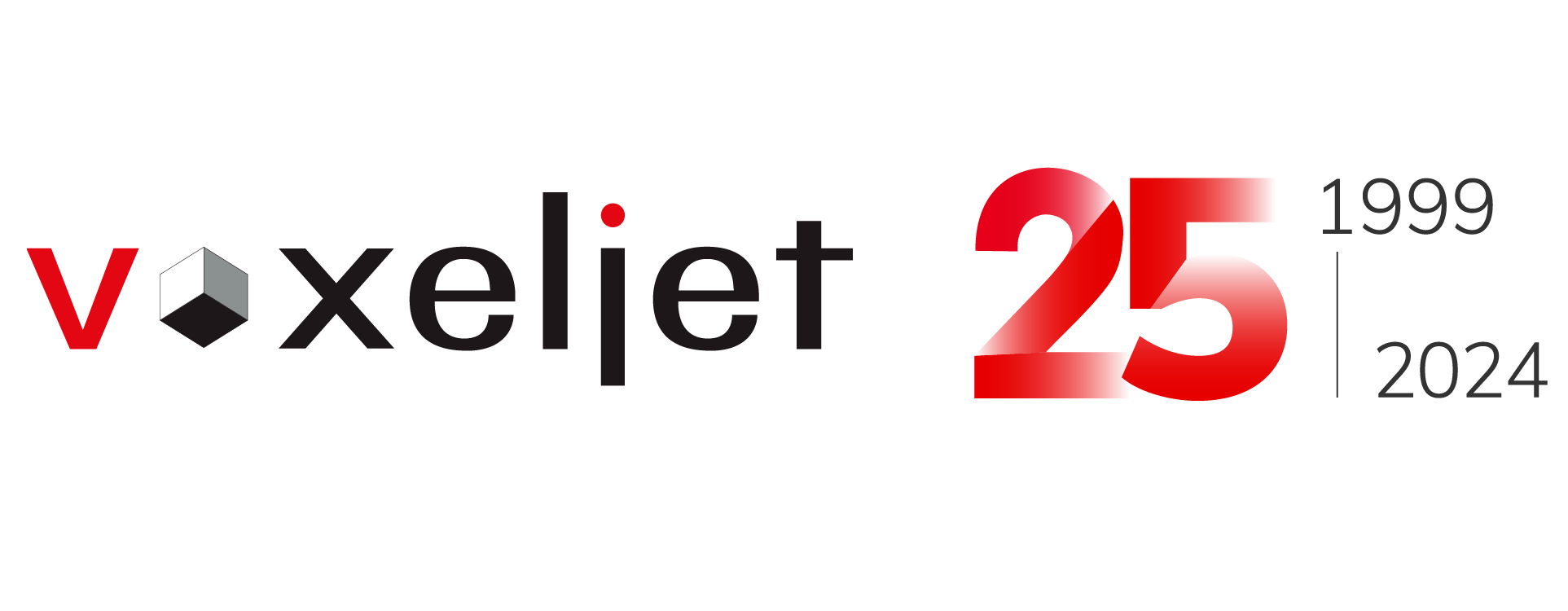- Home
- Press releases
- Fundamental research in sand casting
voxeljet presents fundamental findings in sand casting
The presentation of the results by voxeljet´s Director Casting Applications (North America), Tom Mueller, took the first place in the category Best Paper Award on GIFA, the world’s most important trade fair for the foundry sector. In his studies, he focused on 3D printed sand cores with complex and challenging geometries and their behavior during casting. In the following interview he gives a brief overview of the current state of research, the possibilities and new applications.
voxeljet: Mr. Mueller, what was the major motivation for your research?
Mr. Mueller: The casting performance of larger printed furan cores has been demonstrated and documented. However, there are needs in industry for much smaller cores and little was known about how well they would perform. In particular, it was not known whether they would adequately vent gases generated in the casting process or whether they would be strong enough to withstand the stress encountered in filling. This investigation was done to answer those questions.
voxeljet: 3D printing´s big potential lies in the capability of printing any kind of complex geometries. At this stage are there any major limitations concerning the geometry of sand cores?
Mr. Mueller: At this point, it appears that there are few limitations. We certainly can print cores that cannot be manufactured by conventional core-making methods. The only condition is that it must be able to remove unprinted material with compressed air or industrial vacuum cleaners from the core. That allows us to print cores that normally would be made in several pieces and assembled in the mold. That eliminates most of the possibility of core shift and the need to deal with flash between core prints. With this investigation, we now know that we can also create complex smaller cores that will provide adequate venting.
voxeljet: What kind of products benefit from such knowledge?
Mr. Mueller: We will see benefits in any casting that uses complex coring. For example, cylinder heads use a number of cores in each casting; typically a core for each intake and exhaust port, one for the water jacket, one for the oil gallery and often for the combustion chambers. The ability to print them all as one piece eliminates assembly and cleanup labor. Knowing that smaller printed cores can perform adequately during casting may allow us to reduce the size of some cores. We will also see benefits in cores used to form flow passages. We will be able to use printed cores to form flow passages in tighter.
3D Printing Solutions
Want to learn more about us and 3D printing? Click here for the entire voxeljet solution portfolio.


















